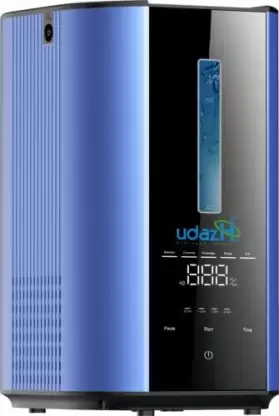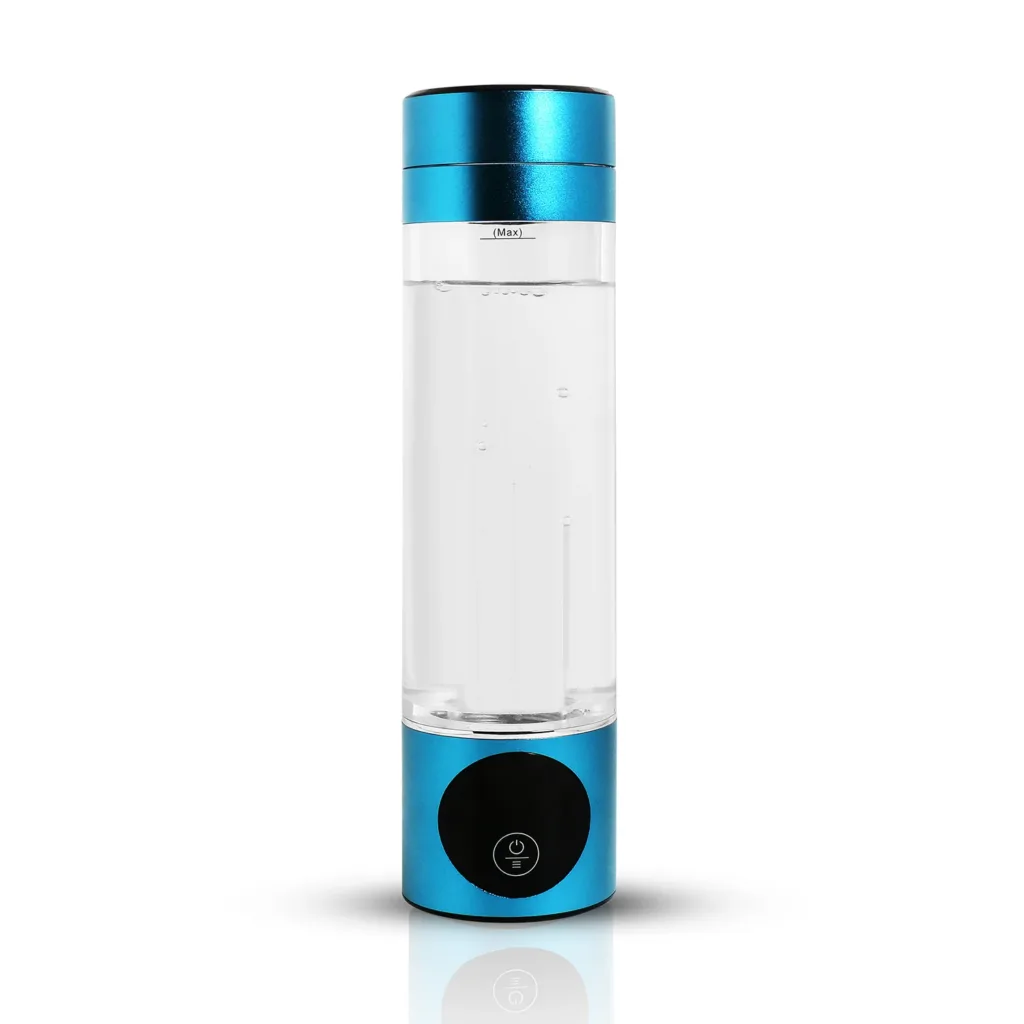A Domestic Reverse Osmosis (RO) Water Purifier is a compact filtration system designed to provide clean and safe drinking water in residential settings. It uses the reverse osmosis process to remove impurities, contaminants, and dissolved salts from water, ensuring its quality and safety.
Key Components of a Domestic RO Water Purifier
- Pre-Filters:
- Sediment Filter: Removes larger particles like sand, dirt, and rust.
- Carbon Filter: Adsorbs chlorine, odor, and organic impurities, protecting the RO membrane.
- RO Membrane:
- The heart of the system, capable of removing dissolved salts, heavy metals, and contaminants like lead, arsenic, and fluoride.
- Also filters out microorganisms such as bacteria and viruses.
- Post-Filter (Optional):
- Often an activated carbon filter that enhances the taste and quality of water by removing residual odors or flavors.
- Storage Tank:
- Stores purified water for immediate use.
- Commonly holds 5–10 liters, depending on the model.
- UV Sterilizer (Optional):
- Uses ultraviolet light to kill or deactivate microorganisms for additional safety.
- Pump and Motor:
- Ensures adequate pressure for the RO membrane, particularly in areas with low water pressure.
- TDS Controller/Mineralizer (Optional):
- Adjusts Total Dissolved Solids (TDS) in the water to maintain a balanced mineral level.
- Rejection Outlet:
- Removes concentrated brine water containing the impurities.
- Control Panel:
- Indicates system status, tank level, and maintenance alerts.
Working Principle
- Pre-Filtration:
- Removes sediments, chlorine, and other larger impurities to protect the RO membrane.
- Reverse Osmosis:
- Pressurized water passes through the semi-permeable membrane, separating contaminants and dissolved solids.
- Post-Filtration:
- Enhances the taste and removes any residual impurities.
- UV Sterilization (if applicable):
- Destroys microorganisms that may have passed through the RO membrane.
- Storage:
- Purified water is collected in a storage tank for use.
- Rejection Water:
- Impurities are flushed out as wastewater.
Advantages
- Removes up to 99% of impurities, including dissolved salts, heavy metals, and harmful microorganisms.
- Improves water taste and odor.
- Compact and suitable for household installation.
- Optional UV and mineralizer modules add extra safety and retain essential minerals.
Limitations
- Produces wastewater (typically 3–4 liters of rejection water for every liter of purified water).
- Requires regular maintenance (filter and membrane replacement).
- Can reduce essential minerals if not equipped with a TDS controller or mineralizer.
- Dependent on electricity for operation.
Applications
- Ensures safe drinking water in households.
- Reduces dependence on bottled water, contributing to environmental sustainability.
- Ideal for areas with high TDS or contaminated water sources.


















